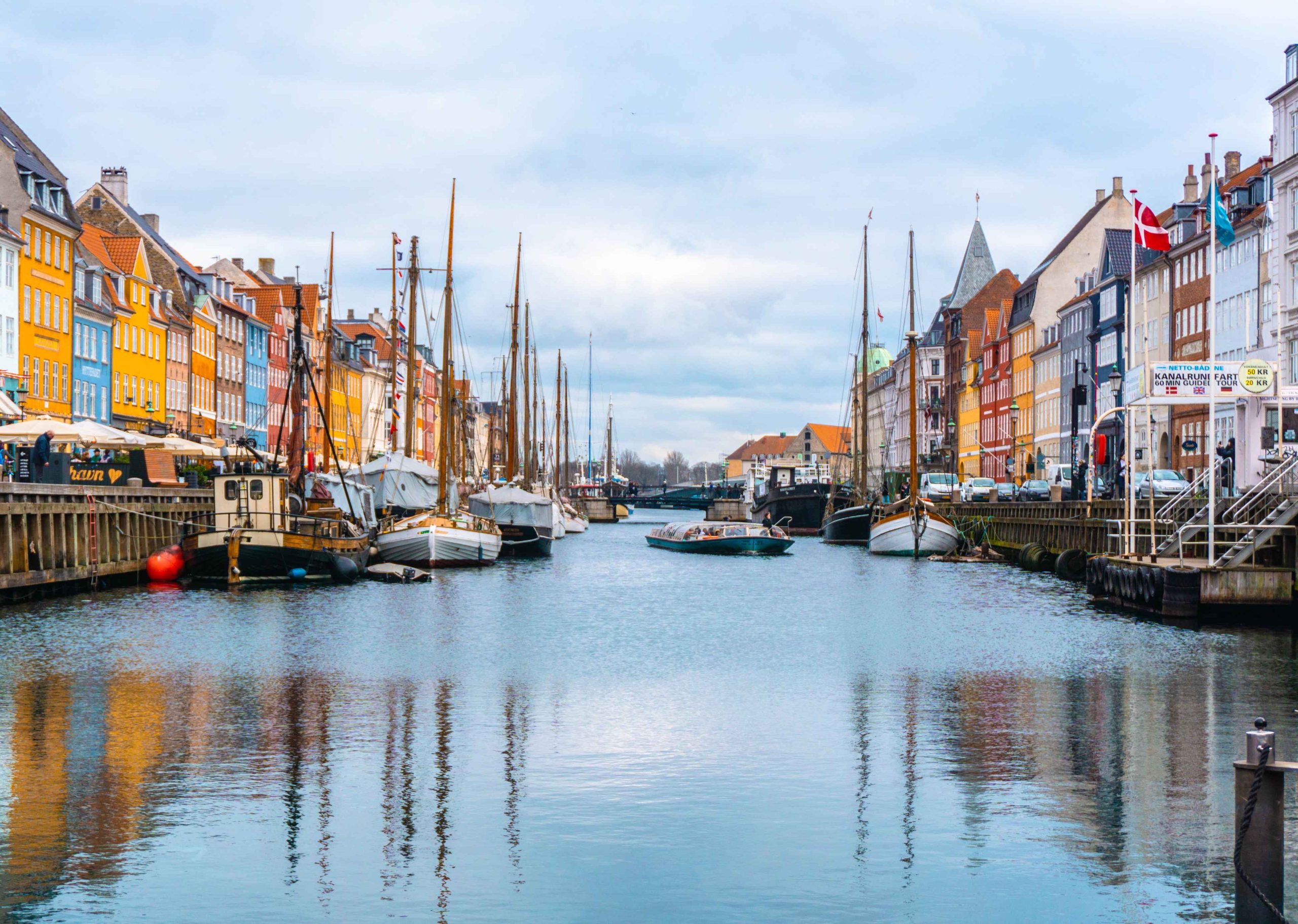Five ways to succeed with PR and communications in the Nordic region

Whether you work as an international PR and Communications Manager or simply are interested in starting up a PR programme in the Nordic region, you have to consider a number of important success factors.
Many global companies and agencies have tried a one-size-fits-all approach with local distribution of centrally generated news content—most often with limited success. And why? Because they do not think and act as a local company using tried-and-tested tactics in communications relevant to the region.
If you want to be successful in communicating your brand locally in the Nordic region, here are our five key pieces of advice to follow.
Know your territory in detail
The Nordic region comprises five countries: Denmark, Sweden, Norway, Finland, and Iceland. Although the Nordic countries share common traits, it is important to realise that you will be working with five countries, five cultures, five languages and therefore also different approaches to doing PR. What is considered appropriate media relations in one Nordic country may offend journalists in another country.
People in the Nordic region have a high degree of trust: Trust in their governments, trust in their welfare systems, and trust in the media. Also, there are many early adopters when it comes to new products and solutions, particularly within healthcare, technology, and fintech. This makes the Nordic region interesting as a test market before rolling out global campaigns.
Always work with a Nordic agency with representation in each of the five countries
Choosing an agency that claims to cover all the Nordic countries from one location—whether that is London, Stockholm or somewhere else—is bound to fail.
Successful PR campaigns require local PR professionals with in-depth knowledge and a strong media relations network. They will address all the local concerns, issues, and opportunities using local agendas, local trending topics, and local media tactics to create the desired results for your brand.
Prioritise each of the Nordic countries carefully
The Nordic countries are among the most expensive countries in the world due to free education, free healthcare, social benefits programs etc. This is reflected in high taxes, high wages, and consequently also high agency fee structures.
If you do not have sufficient budgets for running your PR programme or campaign in all five countries, it is much more effective to select your 1-2 most important Nordic countries and be successful there rather than spreading your budgets too thin. Remember, it is key to work in the local language in each country. Otherwise, your stories will not be part of the conversation in the local media.
Set up realistic KPIs for your Nordic communications effort
If you are used to working across Europe with press relations, you may be tempted to compare the Nordic region to countries such as France, Germany, and the UK in terms of media outlets and quantity. However, the media landscape in the Nordic region is limited compared to those countries.
Instead of expecting a high volume of press articles on stories in the Nordics, you have to base your KPIs on the quality of coverage—i.e., the number of tier-1 publications relevant to your target audience, measuring key messages, measuring quotes as well as other key factors that reflect the quality and value of your PR effort.
Build your thought leadership with local spokespeople
In the Nordic region—as in most countries—reporters prefer to speak with local experts and thought leaders. It is not impossible to build a thought leadership position without a local spokesperson—but it certainly helps to use your local experts; especially if they speak the local language.
When working with thought leadership, you must establish and build relations between your spokespeople and the relevant local journalists. This furthermore paves the way for rapid responses to current events and news agendas. When you enter the conversation and start commenting on local matters you will build and expand your position as a local company with a local voice.
If you understand and follow these five steps you are on your way to thinking, acting, and communicating as a local company.
And remember: If the map and the terrain disagree, always trust the terrain.